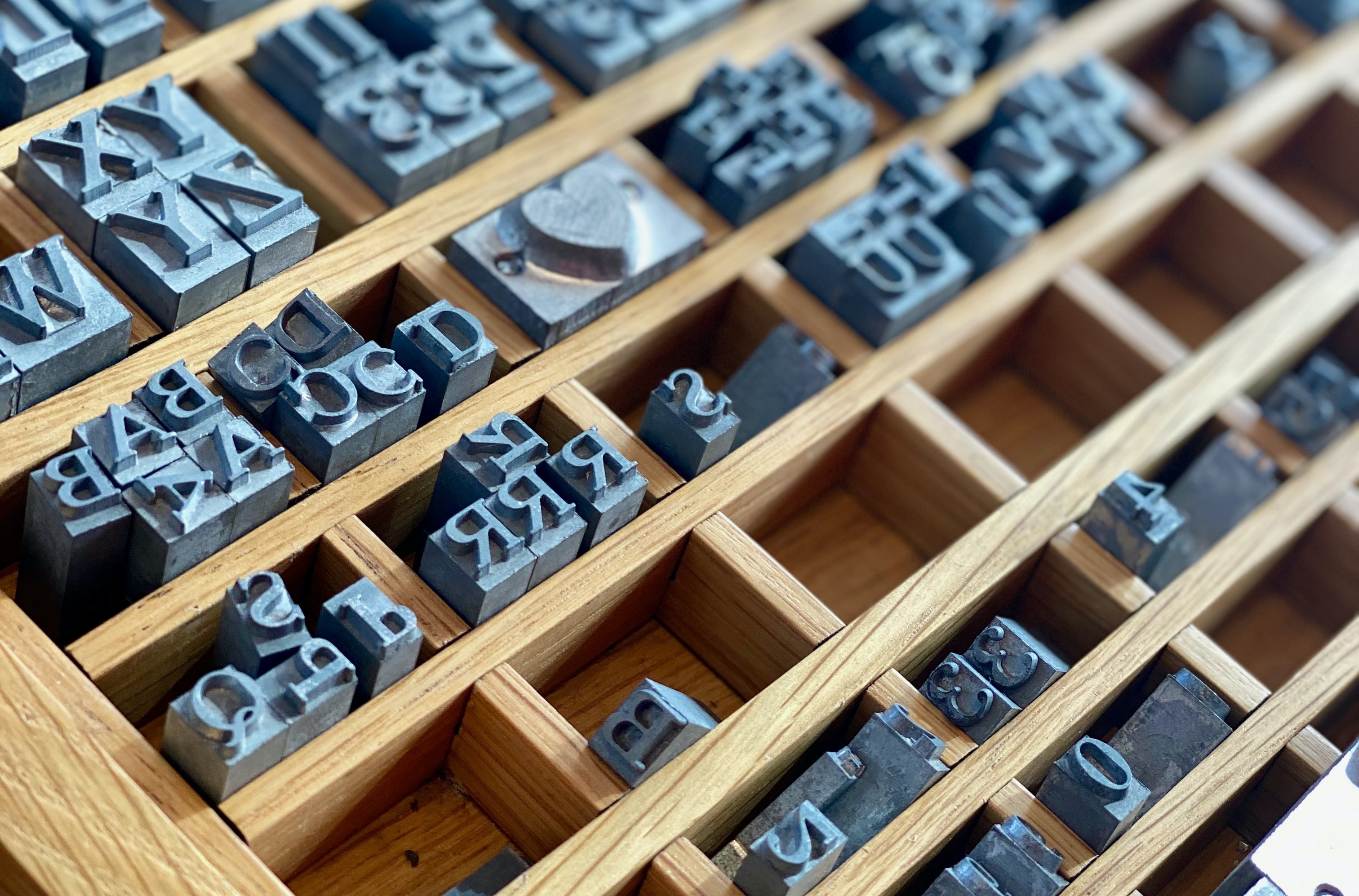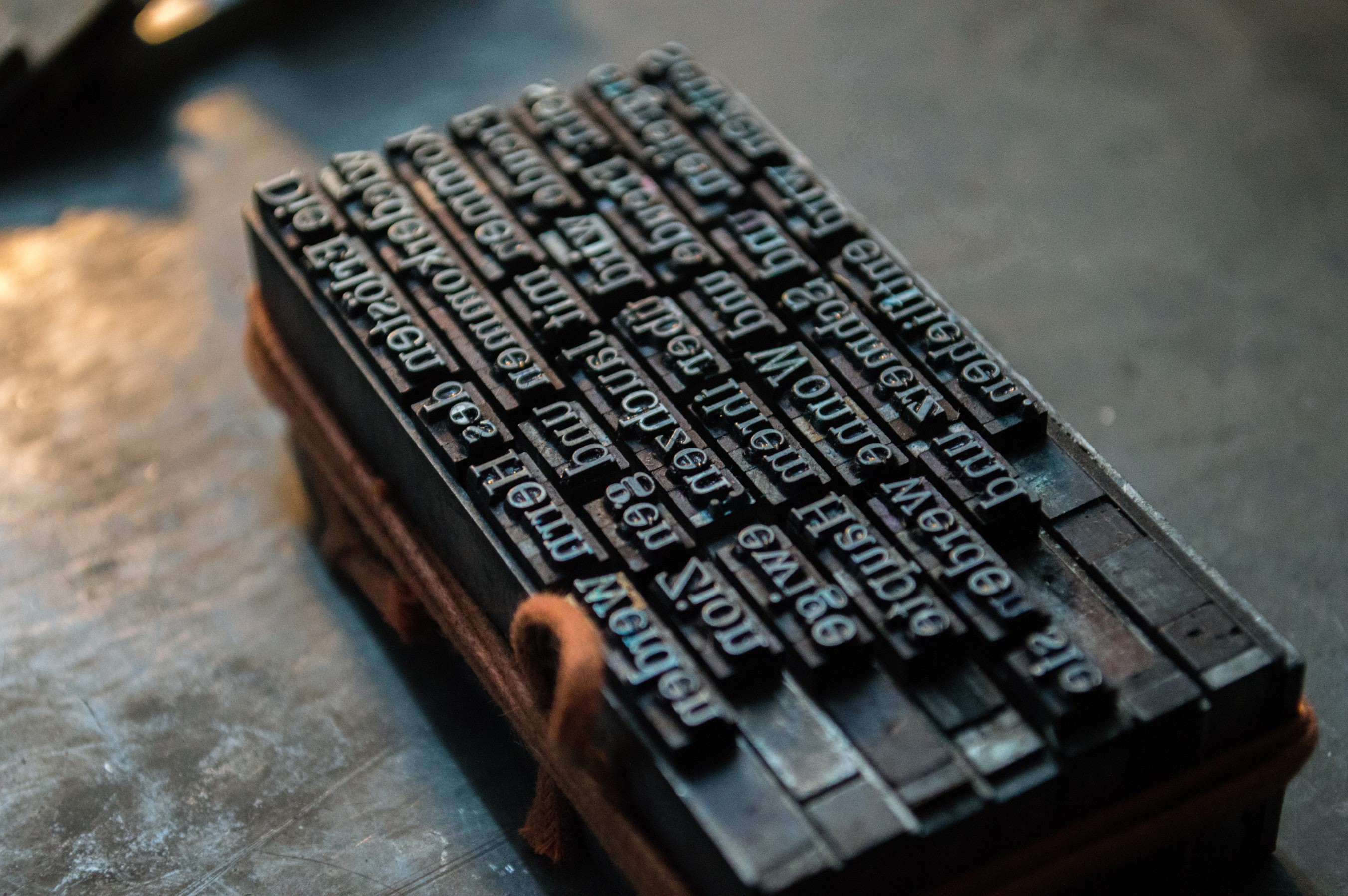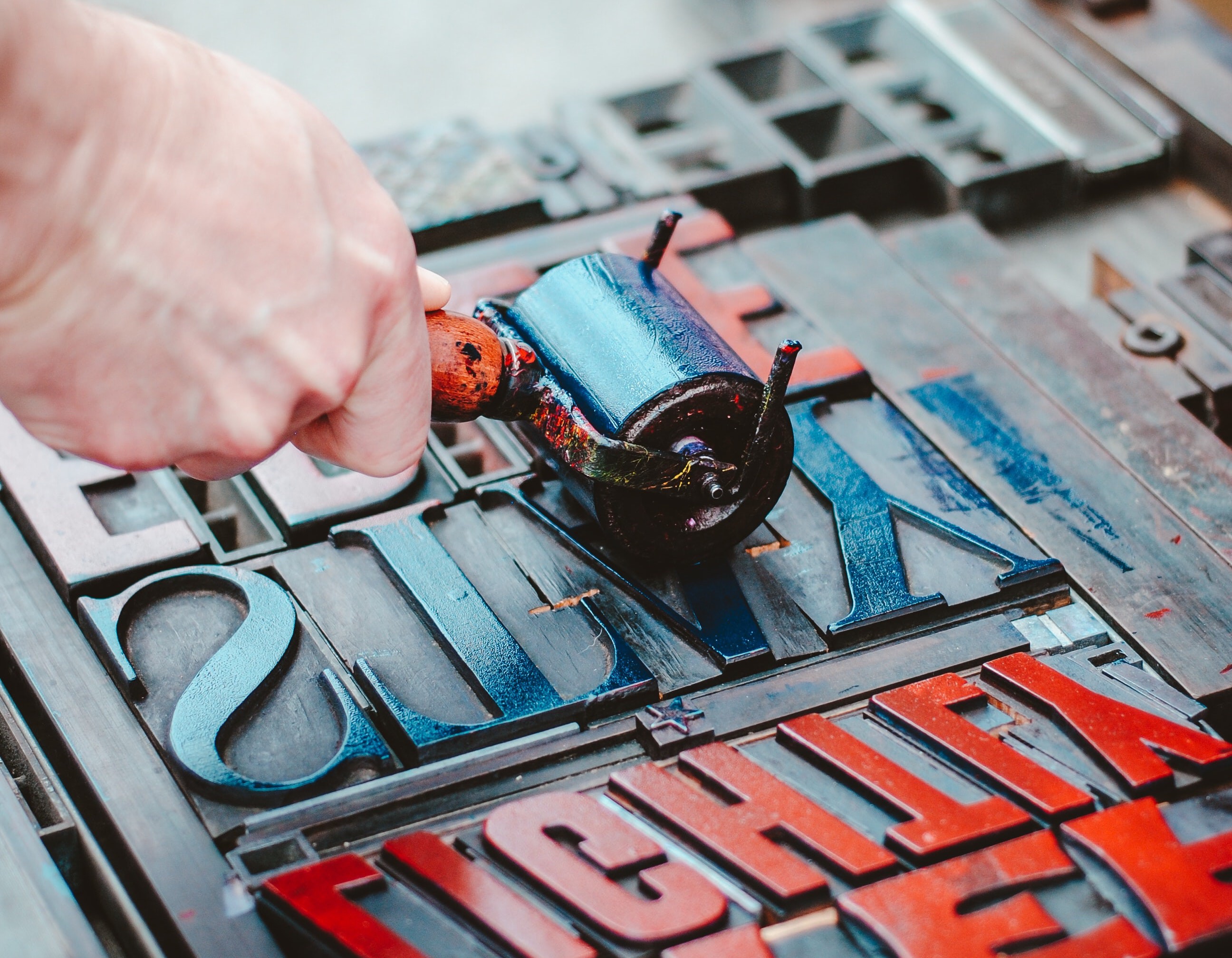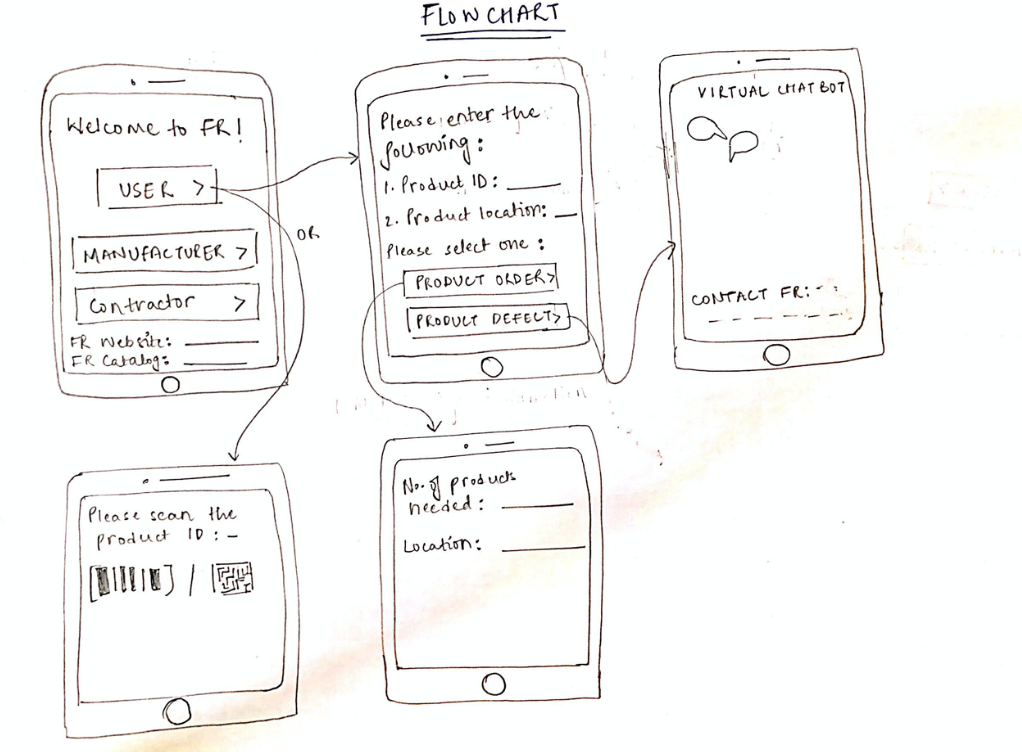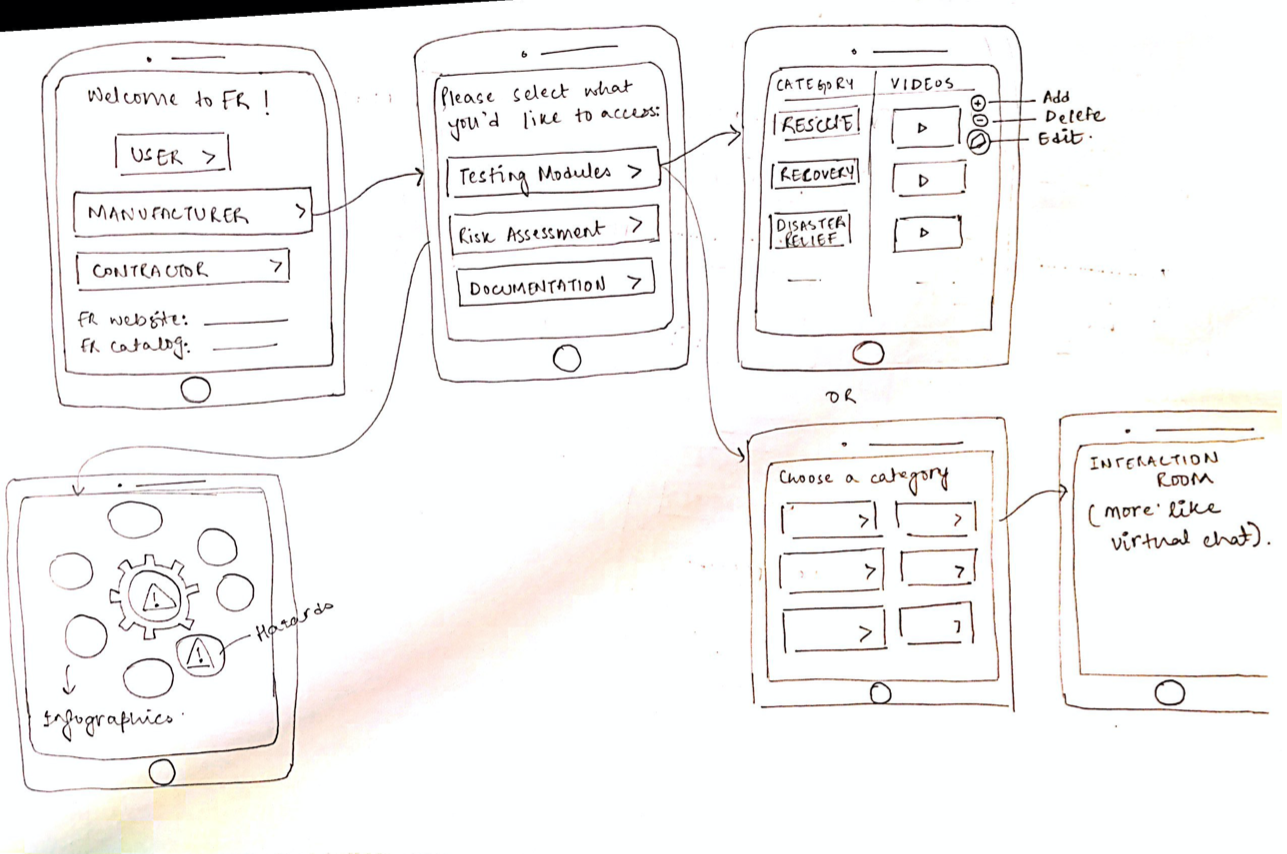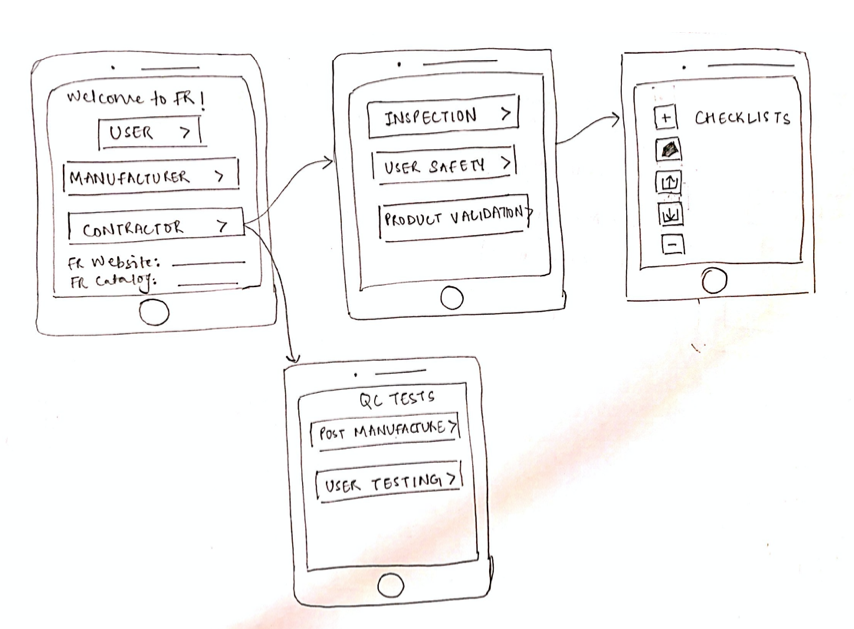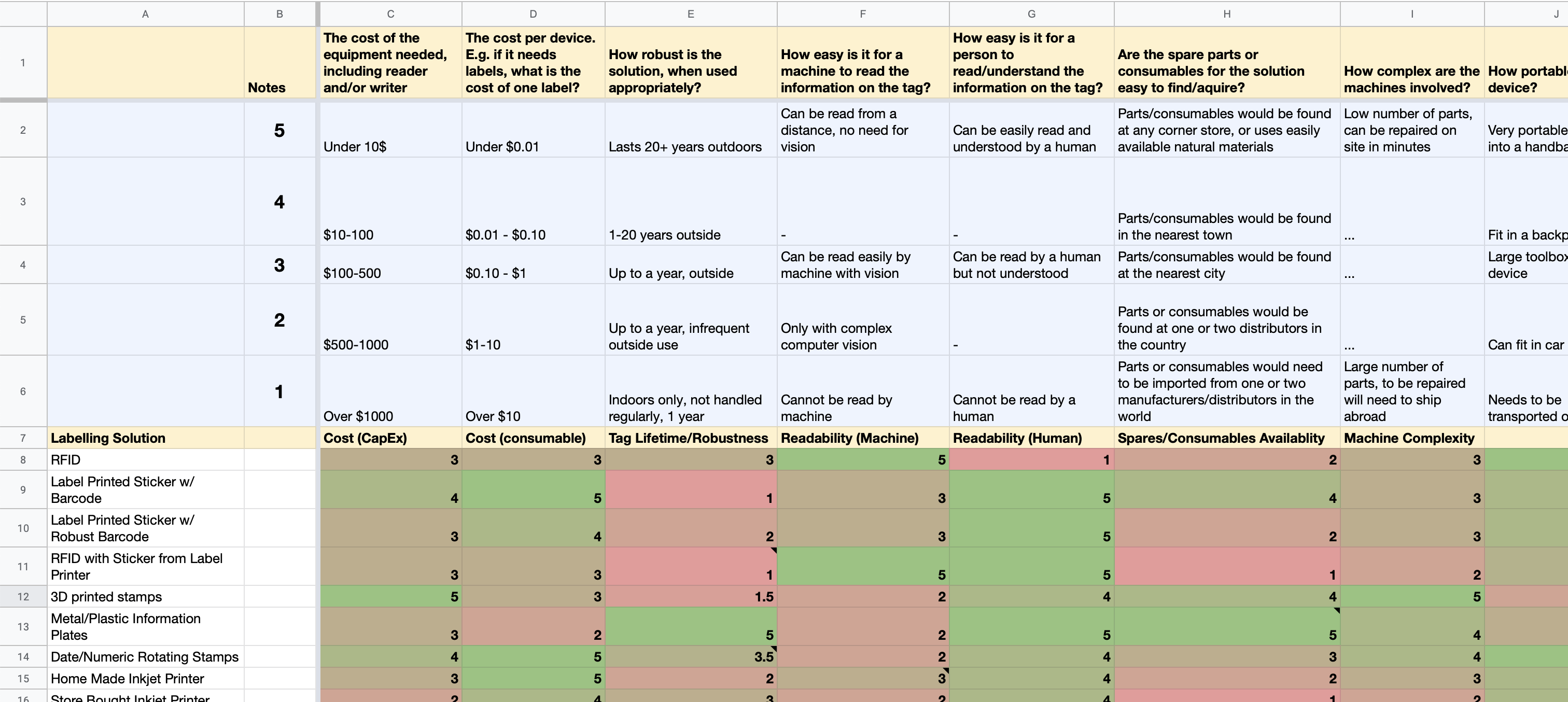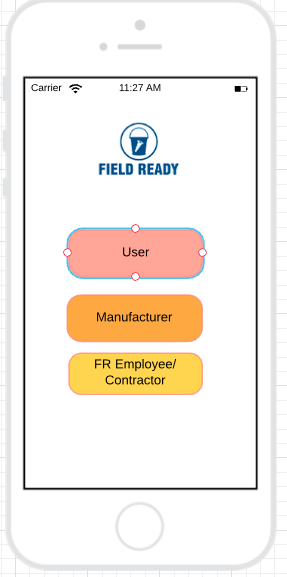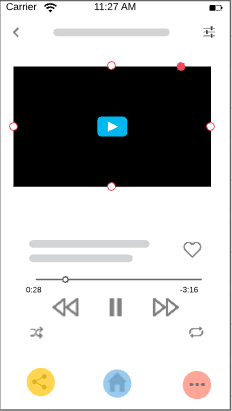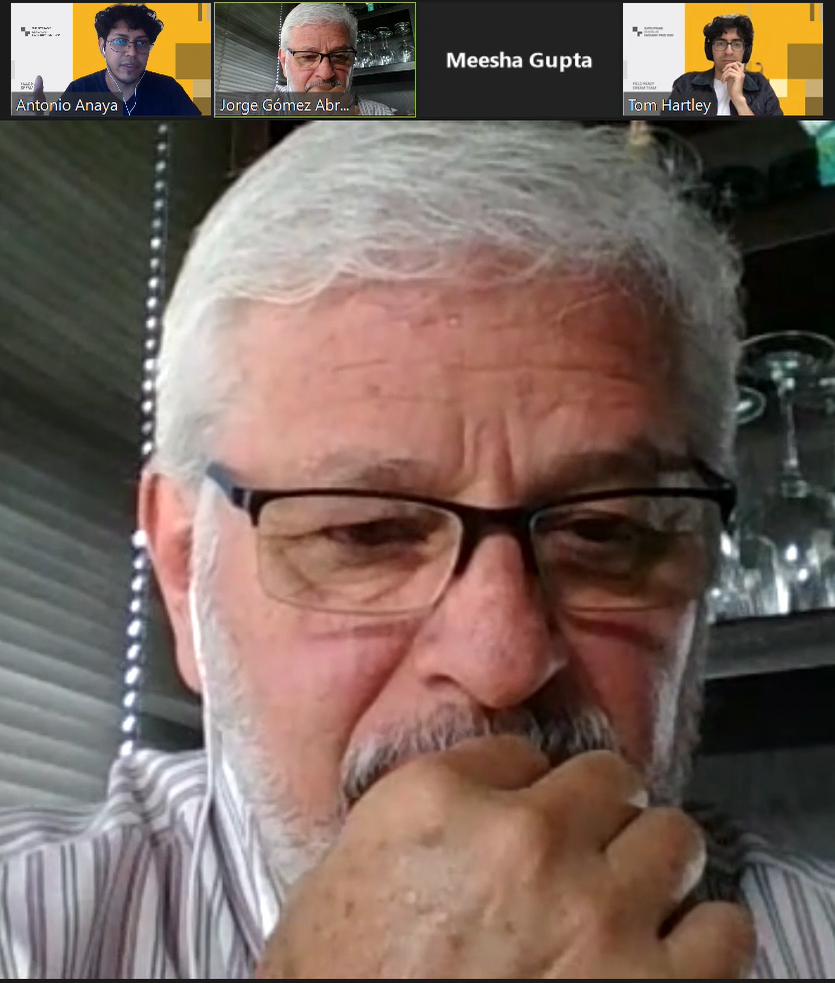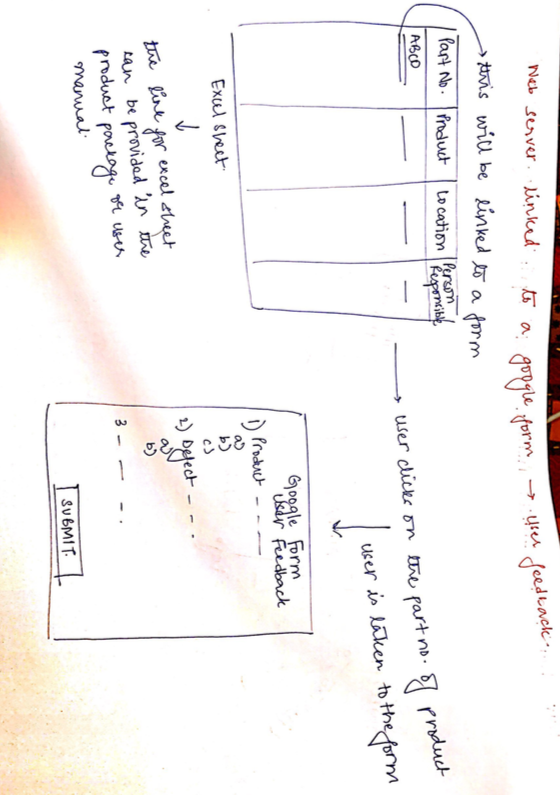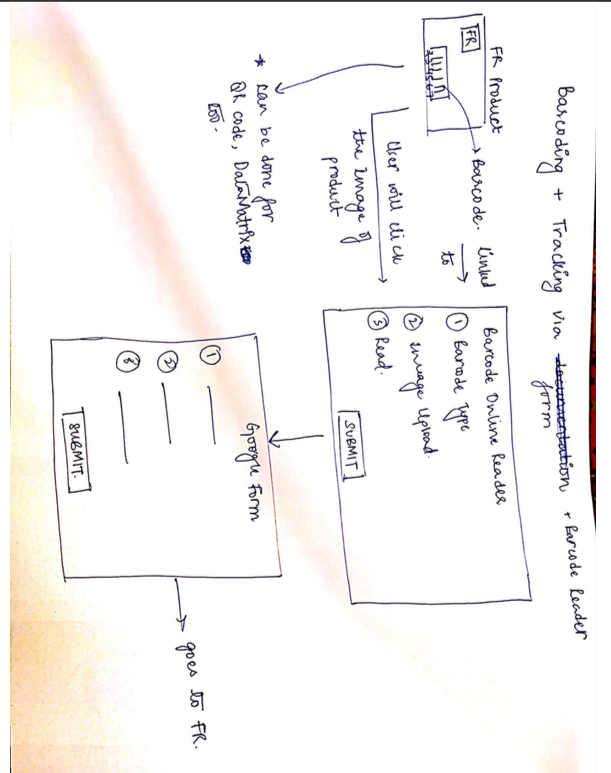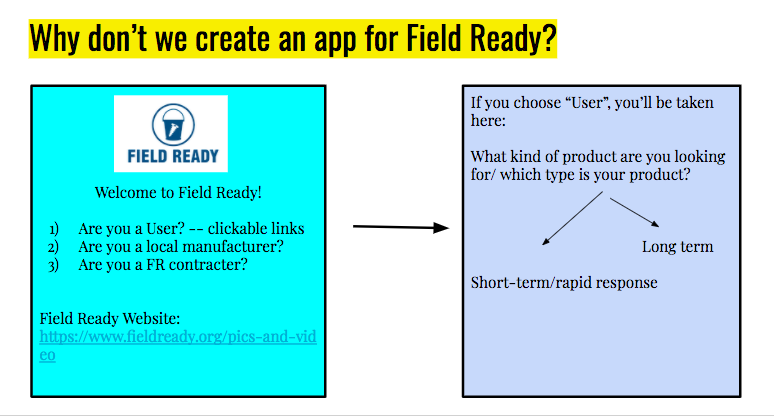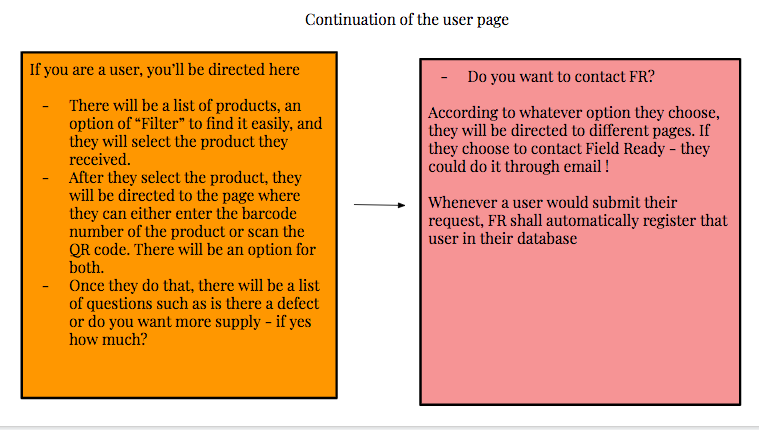-
Letterpress: How a 600 year old technology could help us
07/24/2020 at 07:18 • 1 comment![]()
At the end of last week, we presented a selection of different options for further development under several different categories: labelling, testing, and user feedback. Today, I want to talk a bit more about one of our labelling solutions, using recycled aluminium cans for the creation of embossed metal plates and tags for machines.
To fully understand some of the ideas we’ve been having around this, I think it’s worth taking a look back in history. There are countless modern ways to mark aluminium at extremely high speed with high precision, but it’s always worth exploring simpler options in parallel to ensure that we provide the best value for our NGO, Field Ready.
With that in mind, I want to tell you all about the printing process called letterpress. In an earlier time, before digital print, letterpress formed the basis of almost all printing - way back to Gutenberg's press in 1440. So, how did it work? Well, it’s surprisingly simple. You have a bunch of physical small metal or wood blocks, each of which has a single raised letter on one side of it.
These metal blocks are known as ‘type’. They are stored in cases like the image above - hence the origins of the word lower case and upper case - the capital letters are stored higher up, as they harder to use, and the small letters are stored lower down! By taking these placing these snugly together in a frame, you can form words and, with the help of some blank spaces, full sentences or even pages!
![]()
Once you have these letters aligned in a frame, you can pop them, bumpy side up, into a printing press (just a roller on top of a flat bed). Roll some ink on the type, then pop a sheet of paper on top. Move the roller over the sheet to press it into the paper, and you’ve got printed words on paper (and probably a couple of typos if you’re new to the process like I was!)
![]()
Now, you may be asking - how does this process of printing ink on paper connect to embossing text onto aluminium? Well - sometimes when you’re printing with letterpress, it’s possible to misalign the roller height and physically push the paper into the type. This has the effect of debossing the paper. If you do this without ink, you’ve just made a reasonably visible impression without using any consumables, and there’s no reason to suggest it wouldn’t work with aluminium either. There will be more in my next log on our experiments with this process and others!
-
Some considerations for our labeling solution
07/23/2020 at 15:42 • 0 commentsWhile electrical machines are faster and better suitable for large productions, they are sometimes more sophisticated in their operation and expensive or difficult to replicate. That's why we need to aim also to low tech machines. Another factor is the amount of energy necessary to accomplish this process. Speaking of engraving, scratching requires less energy than punch peen or die-cutting, this for thicker materials.
We're still exploring different compositions of technique, materials, and mechanical systems for our "low tech replicable labeler." And we will bring these findings here in the next days.
Greetings!
-
Exploration of App Development
07/23/2020 at 10:26 • 0 commentsHello everyone !
As we enter the design and engineering stage, we have come up with some alternatives we feel would serve the purpose of the challenge. One of them is exploring app development by designing app layouts/flowcharts to really understand how we want it to work for the end-users, manufacturers, and Field Ready contractors. This is still in an exploration stage so nothing is completely final, but below is a preliminary layout we came up with:
![App layout - exploration draft App layout - exploration draft]()
User Navigation ![]()
Manufacturer navigation ![]()
Contractor Navigation This app layout serves the idea of a draft in exploration stage. We mainly want to target this to end-users of Field Ready, local manufacturers who design and deploy products of Field Ready, and the contractors of Field Ready. Through an app, we want to establish user-friendliness, quality control and assurance in testing and risk-assessment plans, validation of all products through various inspection checklists, and consumer protection! We also want to make the documentation more visual and engaging for the manufacturer/contractor to follow or abide by.
Stay tuned for more designs/prototypes/sketches to come !!
-
Super pumped to enter the week of exploration, design, and engineering
07/21/2020 at 08:00 • 0 commentsHello from India !!!
Field Ready team - Me, Antonio, and Tom are extremely excited to begin exploration in the new stage : design and engineering of the product we come up with for Field Ready. We have also posted our initial concept presentation under the Files tab:
![]()
The presentation went well but we would love to hear any ideas or feedback you guys would have for us !
As we enter the Design and Engineering phase, you will see lot of cool stuff we are exploring with labeling methods or tracking methods or QC/QA methods. We will also be condensing down to few alternatives for the actual solution by the end of this week -- so please stay tuned !! Until then, enjoy some exploration images of different things that will get posted in this week !
-
Big Excel Energy
07/20/2020 at 12:08 • 0 commentsWe were brainstorming labelling solutions last week and there comes a point in every process where you realise you just can't fit all the required information into your head. So, when you have 13 different solutions to evaluate across 11 different criteria, how do you do it?
We chose to turn to the venerable Excel (well, Google Sheets). We set up a sheet such that each criteria was along the top, and each potential labelling solution was along the left hand side. In this way, each box could be filled with a rating (1 = 'bad', 5='good'), corresponding to how well that solution covered that particular issue. Here's a screenshot:
Along the top, we have guidelines for each parameter showing what makes a 1 or a 5 - for example, if the capital expenditure (fixed costs) for a solution are under $10 - amazing! That gets a 5/5. If they're over $1000? Less great, let's give that a 1/5. This goes on for each rating.
We put in some conditional formatting to give us an at-a-glance view of where issues lie, and we've summed up the totals on the right hand side.
Despite the percentage score on the right, this tool is way more than just a number-counting exercise. Its real value lay in forcing us to think about every single criteria for every single solution, rather than just jumping to conclusions or skipping over options. It also forced us to take even the simplest of options seriously, like just writing on the product with a sharpie. If we're going to propose something complex, we need to be sure that it actually makes more sense than the simple solution!
Here's a link to the spreadsheet - go and check it out and let us know what we're missing in the comments down below!
-
Dot peen engravers
07/19/2020 at 02:37 • 0 commentsThis technology looks promising for our purposes, and there's not an Open-source version of this type of machine.
-
End of week 2 -- About to enter more brainstorming, design + engineering
07/18/2020 at 16:09 • 0 commentsHello folks !!
We had an amazing live session yesterday and we hope you had the chance to see and be there, and hear our ideas out !! If not, here is the session:
We really enjoyed this week of generating concept designs for the Field Ready Challenge !
Highlights are:
- A WhatsApp/messaging/automated bot interface for end-users to contact Field Ready when they have problems with the products they receive.
- An app which is user-friendly and integrates documentation, user feedback, and tracking of products altogether. There would be an option of choosing if you are a user or manufacturer or contractor:
![]()
For the user, they would be able to navigate to a questionnaire sort of page in order to record their responses / get feedback from them. There will also be a calling/contact option so that in cases of Rapid Response, they can immediately get Field Ready's service or help !
For the manufacturer, there will be visual documentation, videos of testing modules and risk-assessment plan checklists ! This would make it easier for the manufacturer to add/edit/delete whatever they need to in accordance with the design of the products. It would also help create a culture of testing, QA, QC, and documentation -- leading to a robust tracking and testing system.
![]()
For the FR employees / contractors, there will be validation/inspection checklists to ensure product traceability and tracking integrated with QC.
3. We are exploring the use of recycled aluminum cans to make metal information plates out of them for labeling systems !! And we are also exploring 3D printed engraved/embossed text in the design or even using a label marker ! We are exploring more options and will come down to two ideas or so in order to have a labeling toolkit for both types of products - short-term and long-term.
We will come back with more updates soon !! Stay tuned for more information !!
-
Meetup with an Expert
07/16/2020 at 03:06 • 0 commentsToday we had a meetup with PhD. Jorge Gomez Abrams a prolific Industrial designer and WDO regional advisor. In our amazing session, we talked about stakeholders, insights, and research. We got some good comments about our "non-assumptive" approach but there's much more work to do to polish our findings.
Standards are important, but for now, more important than that is to know their actual flow of information to offer an easy to transition framework to FR. Then we'll put all the standard's checklists in an interactive user-tailored interface.
There are new plans to extend our User research for the next days, this will lead us to talk more with people from FR and outside the organization.
Greetings from Mexico.
![]()
-
Some of Field Ready's action footage.
07/14/2020 at 01:19 • 0 commentsHi, this is Antonio, I'm very happy to share these thoughts with You. My background is in engineering, user-centered design, and software development. Linux is my main OS since Ubuntu 7.04 and now I'm very happy with Arch. I'm very lucky to have Meesha and Tom as my coworkers, they're amazing professionals and persons. We identify this heavy lifting airbag system as one of the most significant contributions developed by FR.
Also, we are discussing some solutions for our remote inspection tool, It's too soon to know if this is going to end as an embed system in week 6, but right now we are focusing on achieve all our planned functionalities, probably we can develop an App just to have an MVP and have useful feedback from the actual field.
Greetings from Mexico. -
Extremely excited to enter a new stage of this challenge -- Conceptual designs/ideation
07/13/2020 at 15:42 • 1 commentHello everyone! For today's update, we have some exciting ideas to share with you all. We have just entered the stage of "Concept Design" where each of us brainstorm different unique ideas for labeling and tracking systems integrated with Quality Control!
Here are some pictures of the ideation process:
![]()
![]()
![]()
![]()
I am extremely excited and already loving working with Tom and Antonio on this process of ideation. We get to brainstorm and discuss ideas from the humanitarian aid and user-perspective lens, which helps us evaluate various ideas based on those conditions !
Please stay tuned for more updates as we progress in this stage ! And, as always, we welcome suggestions/advices on any piece you think we would need suggestions for.
2020 HDP Dream Team: Field Ready
The 2020 HDP Dream Teams are participating in a two month engineering sprint to address their nonprofit partner. Follow their journey here.
 Supplyframe DesignLab
Supplyframe DesignLab